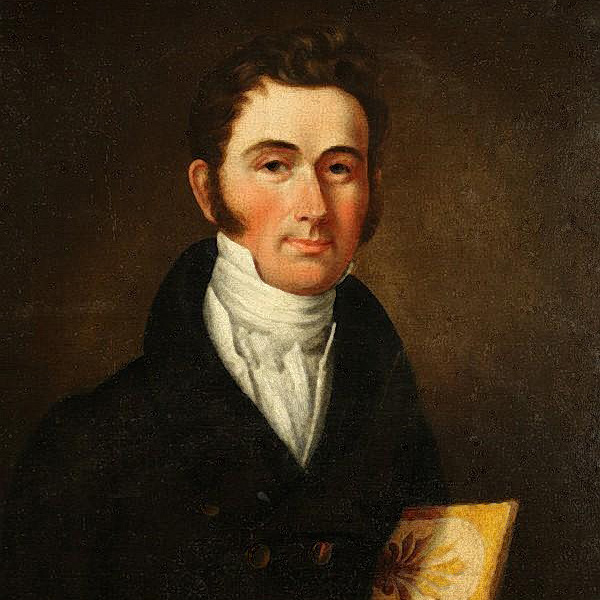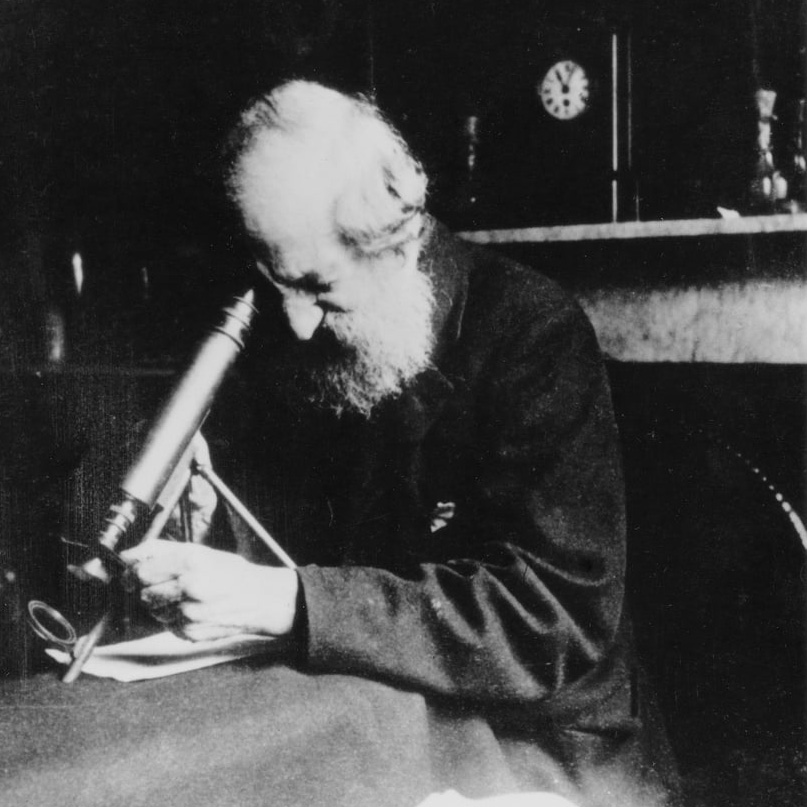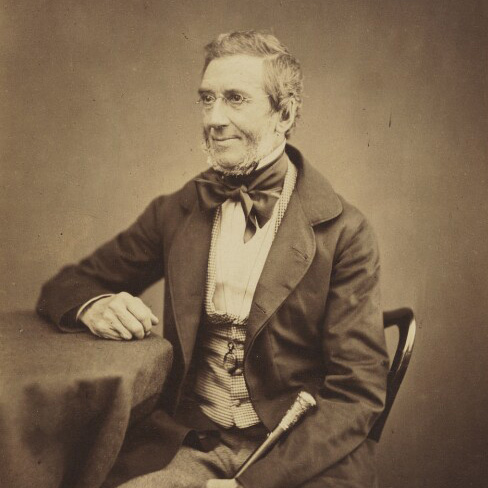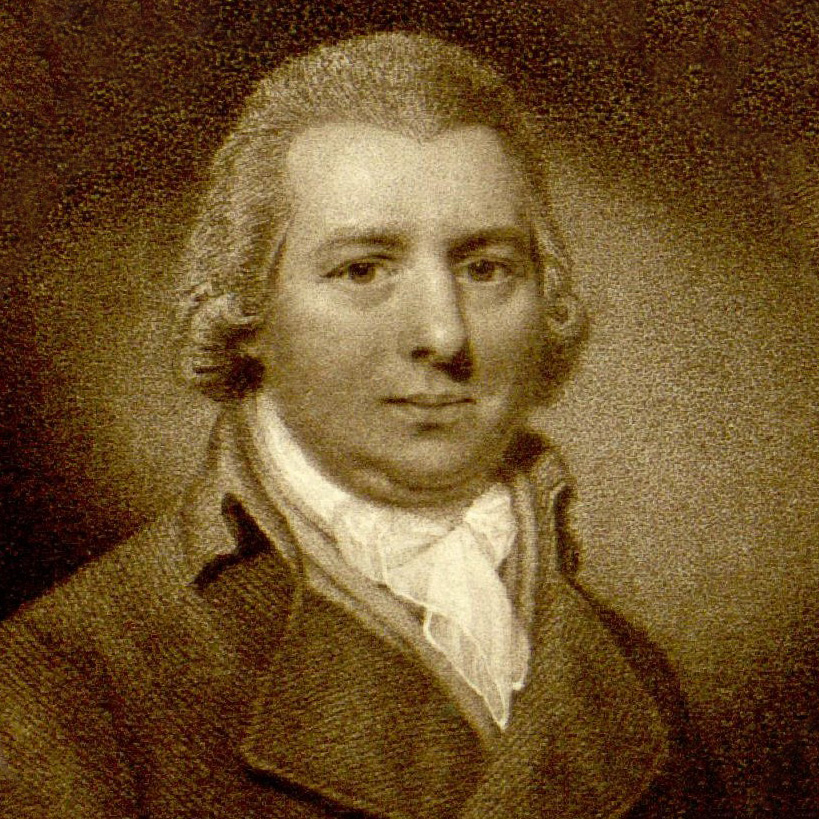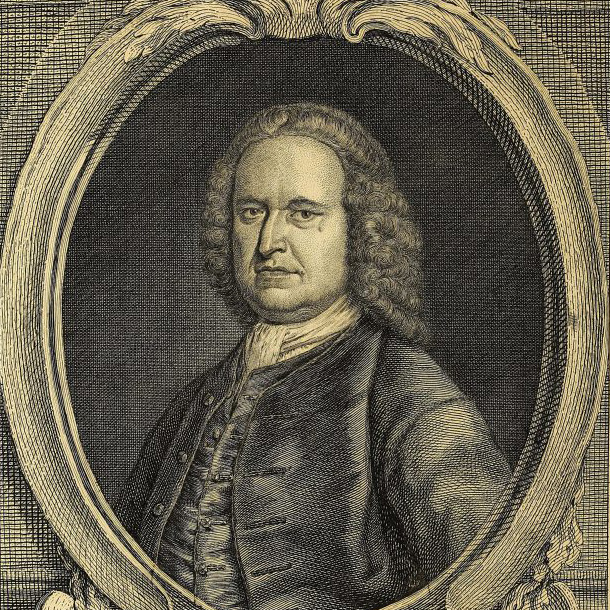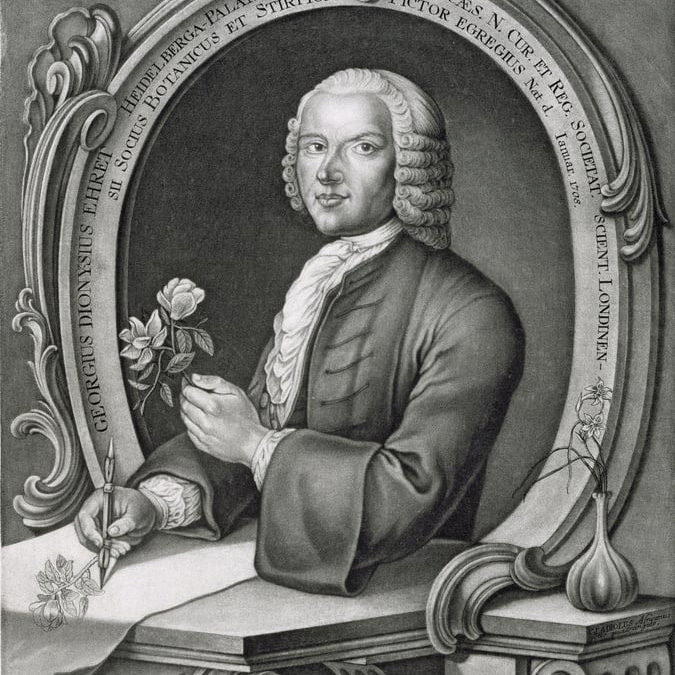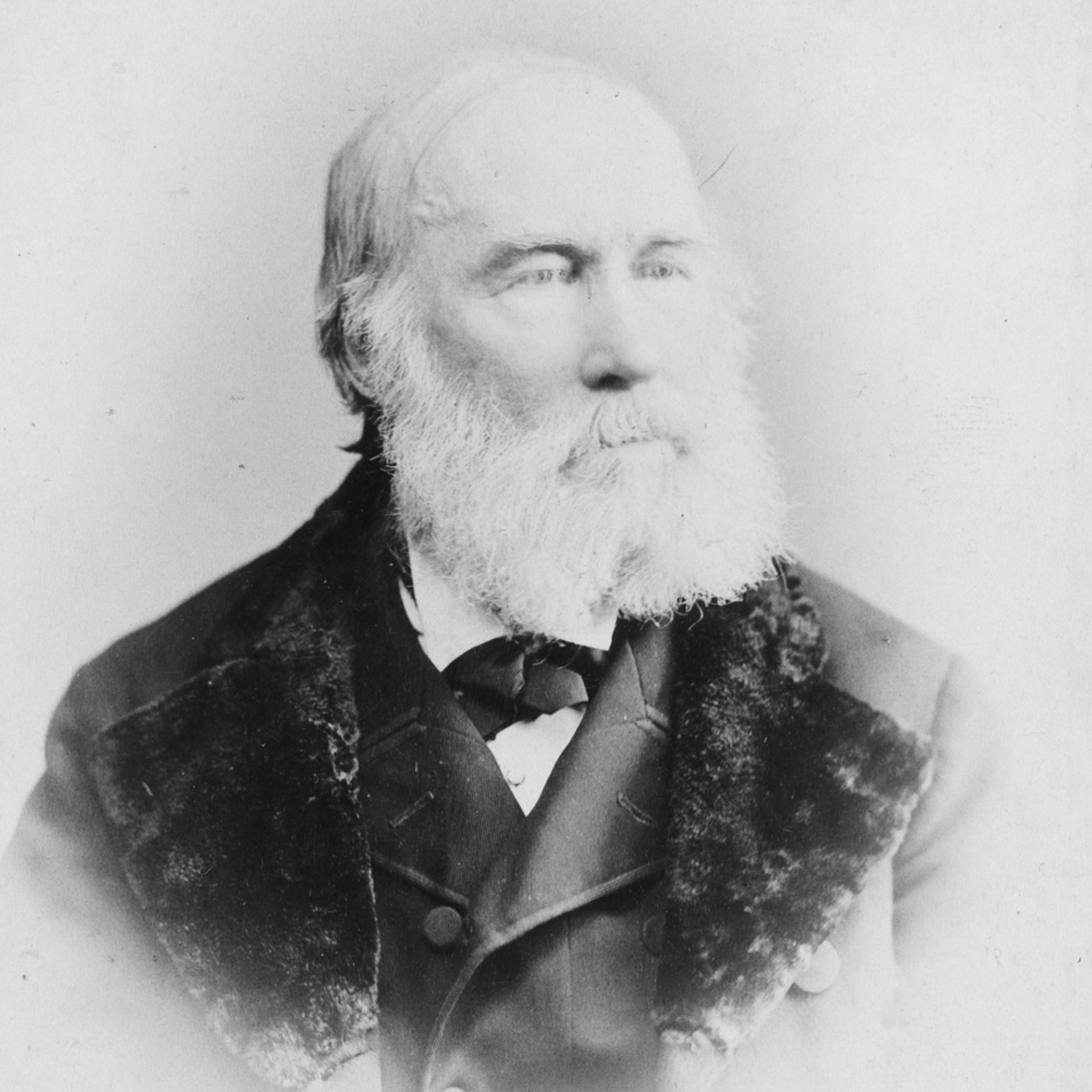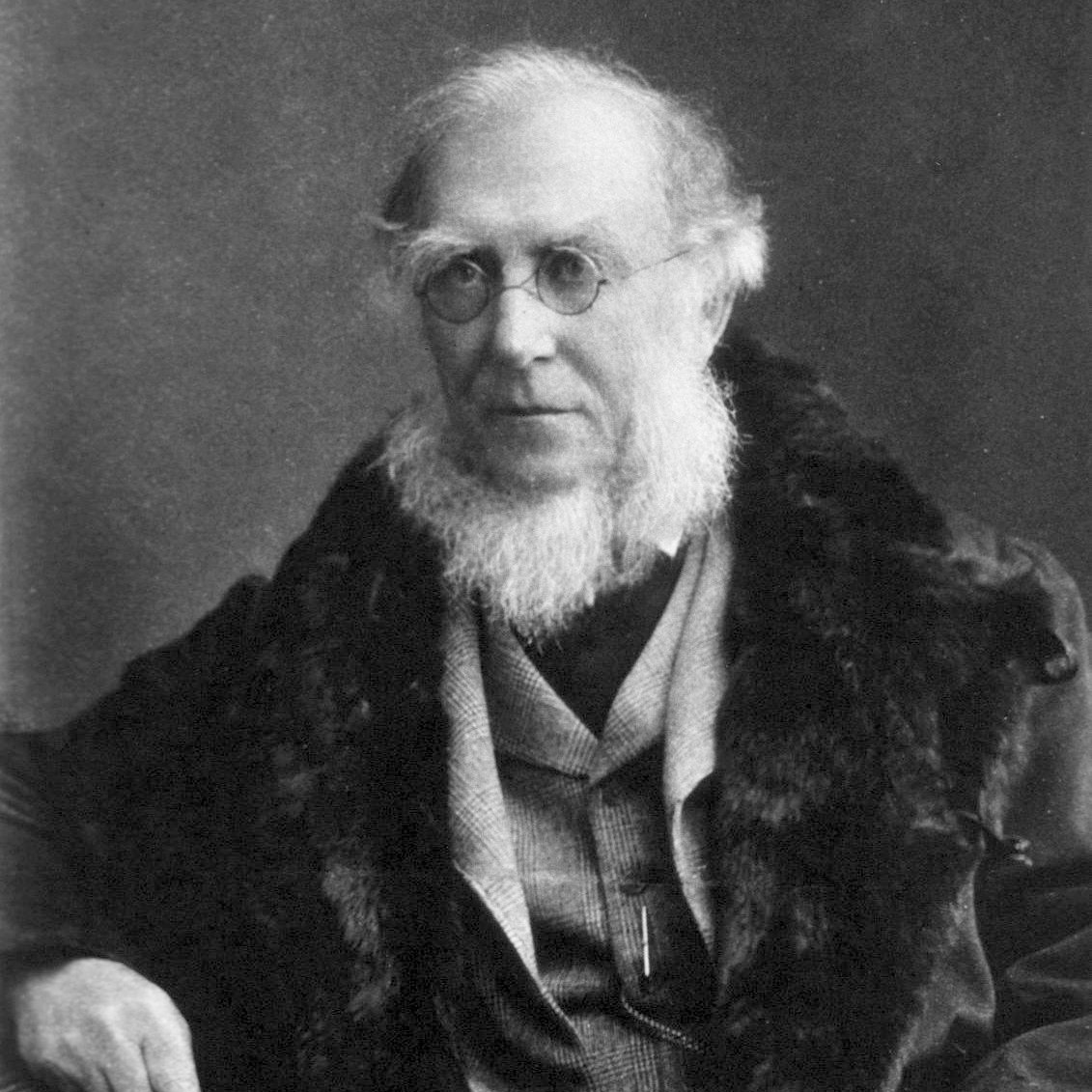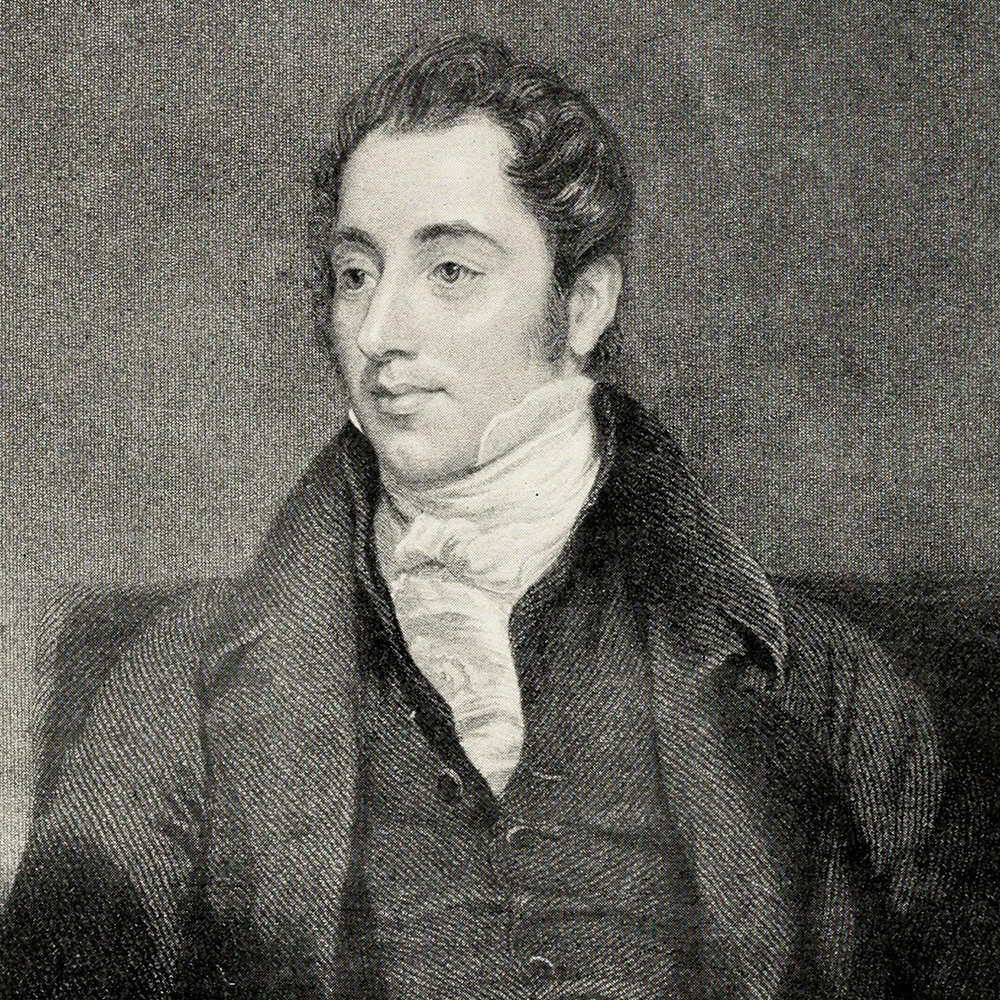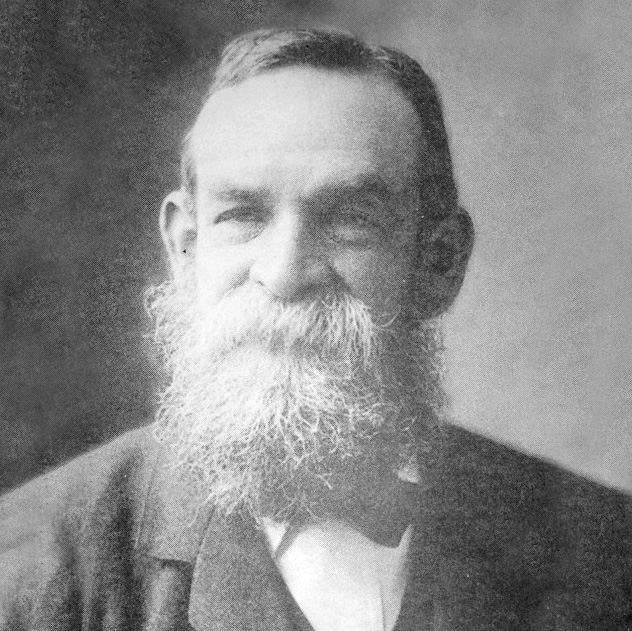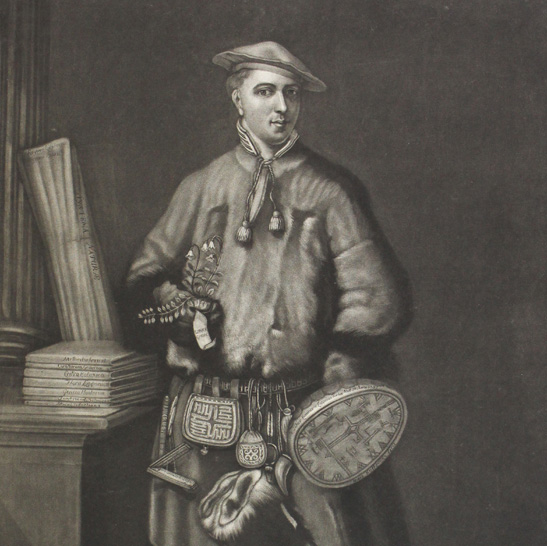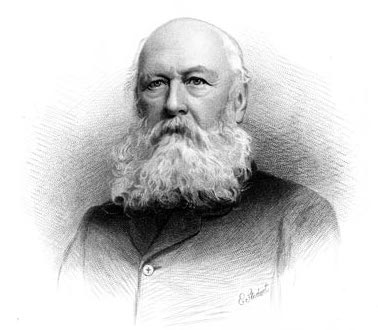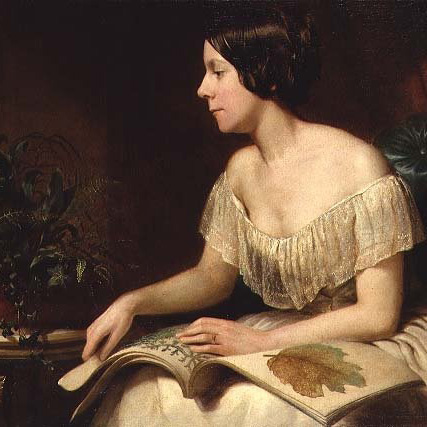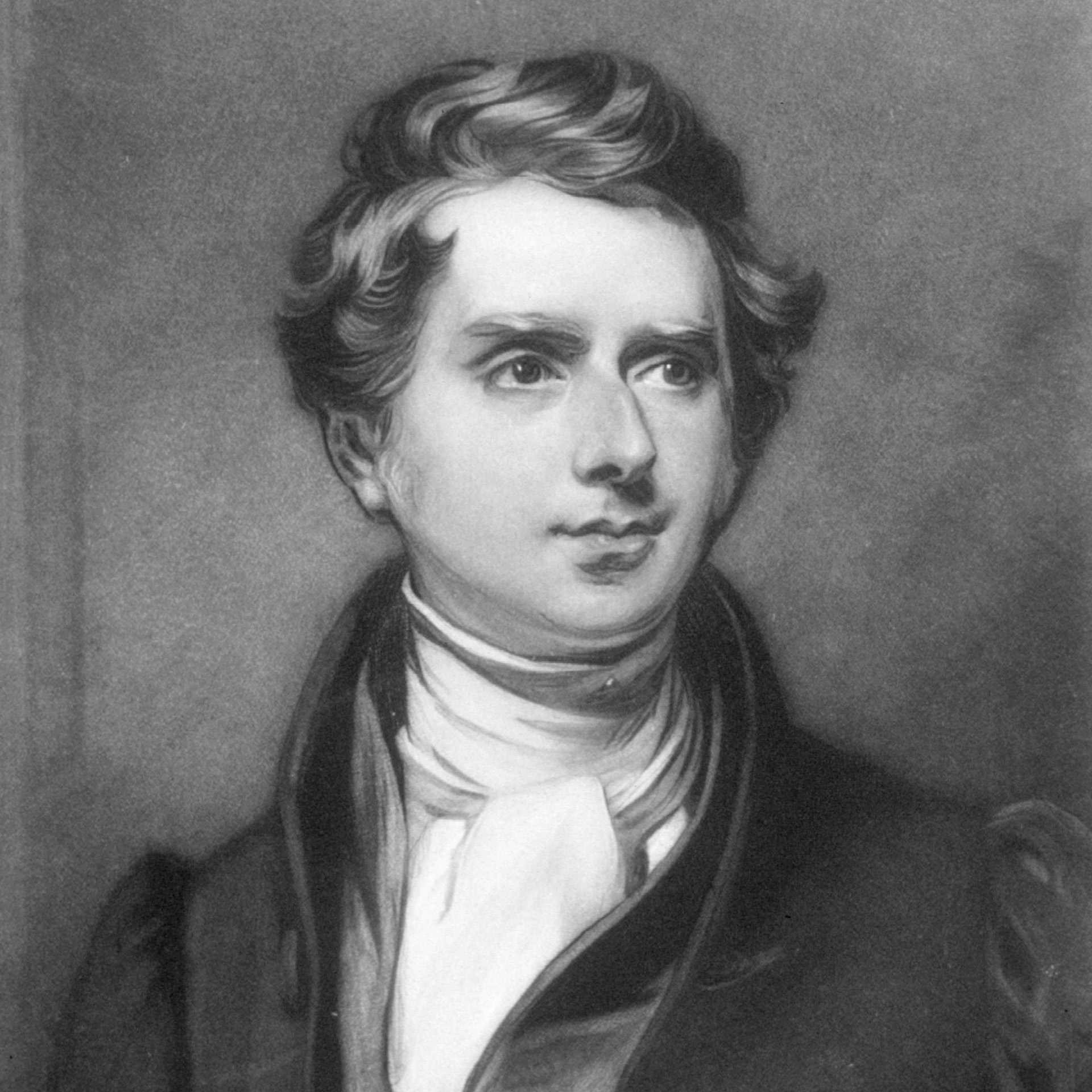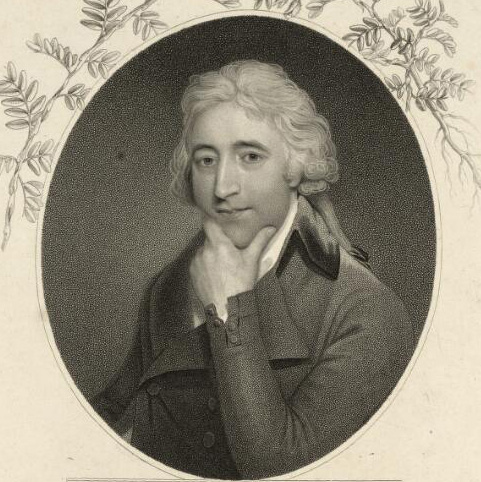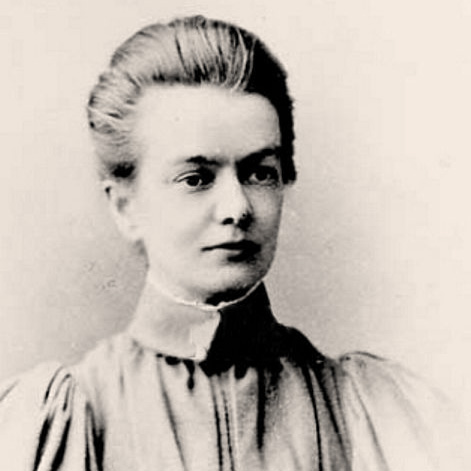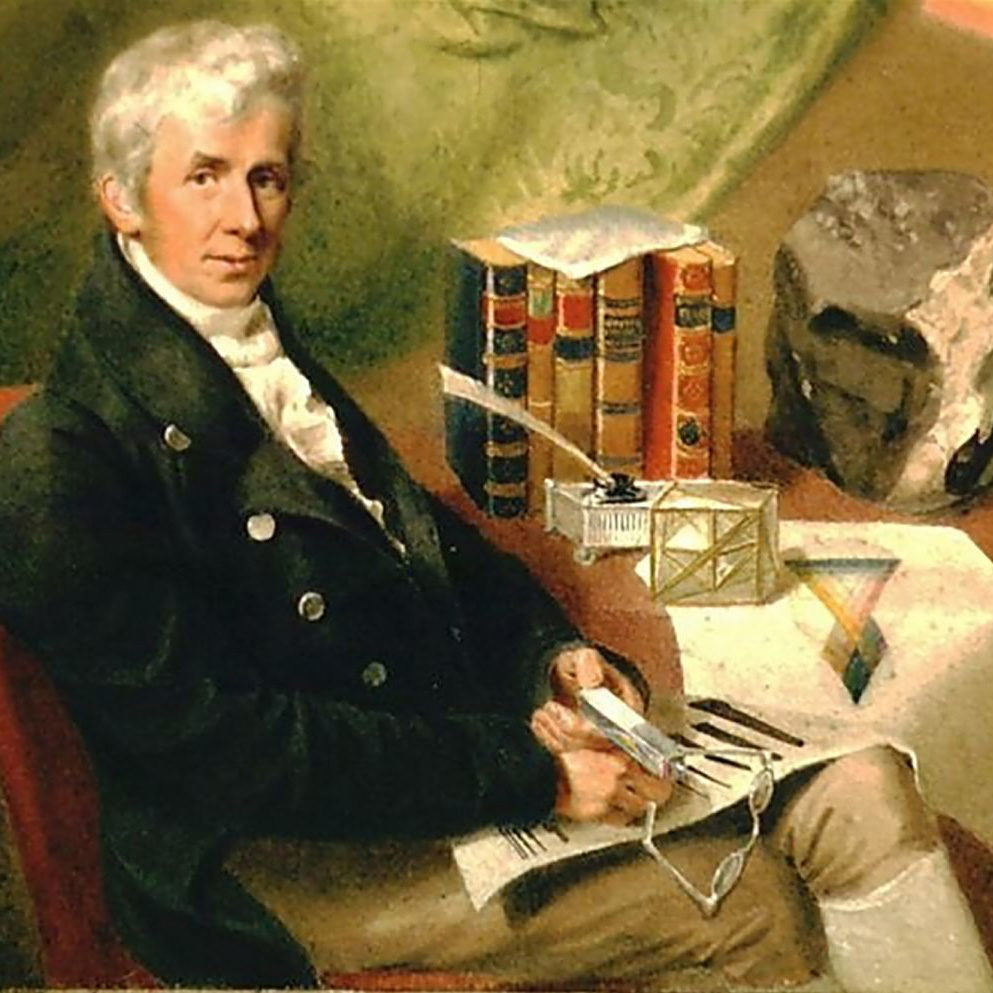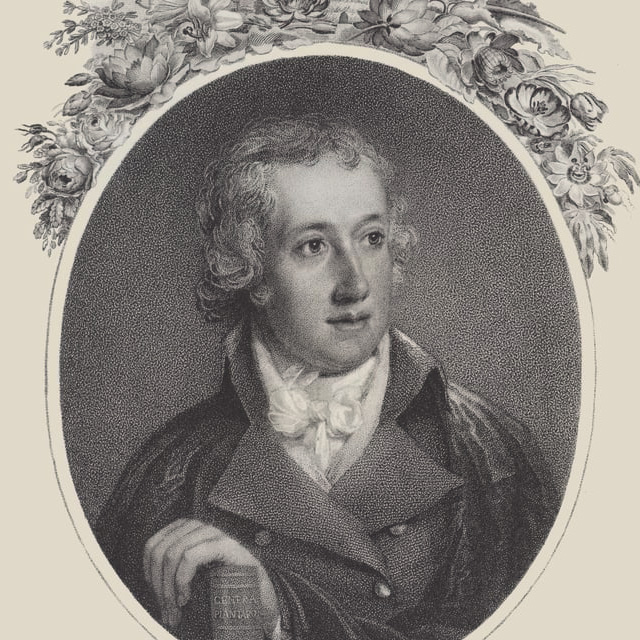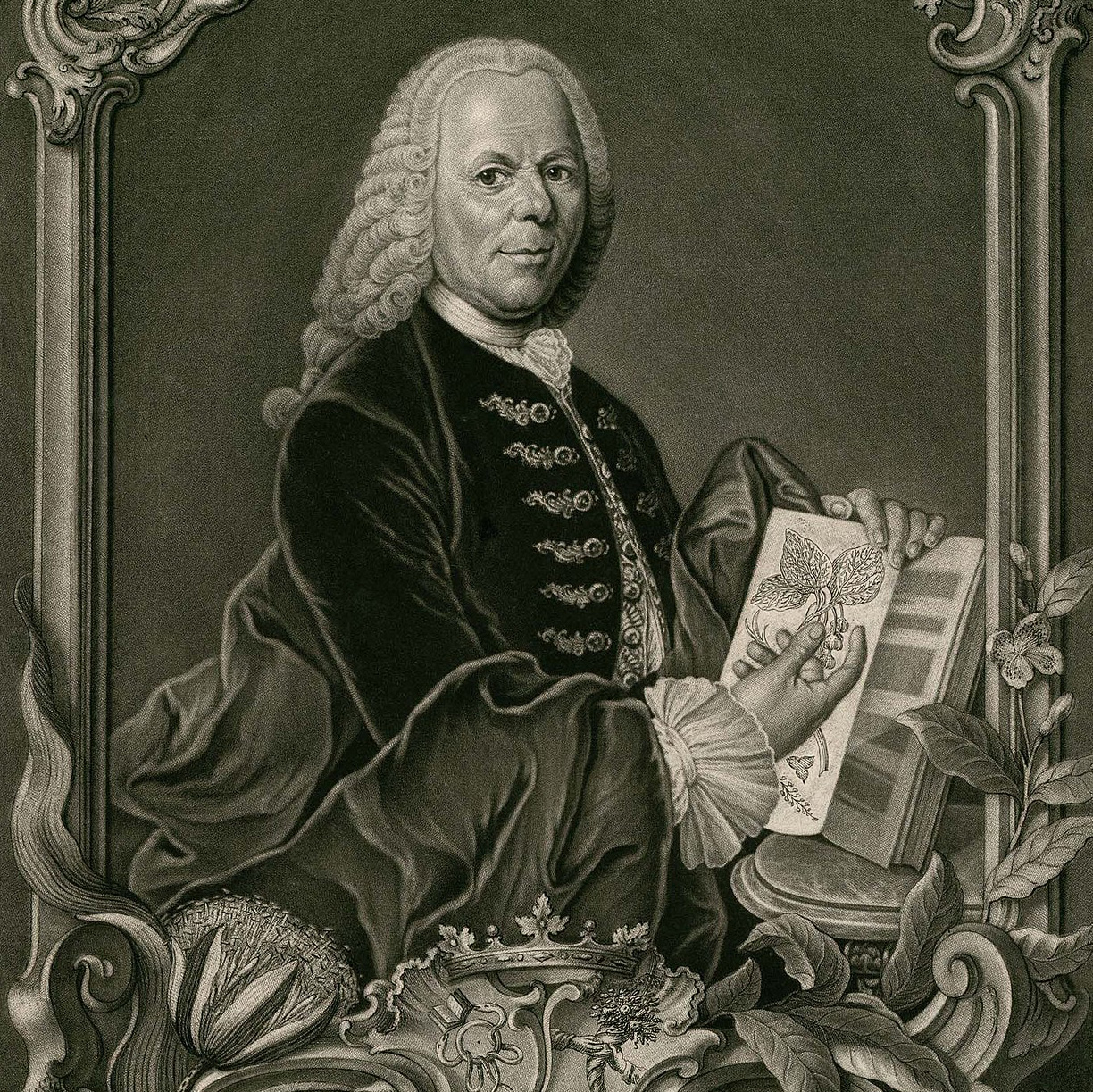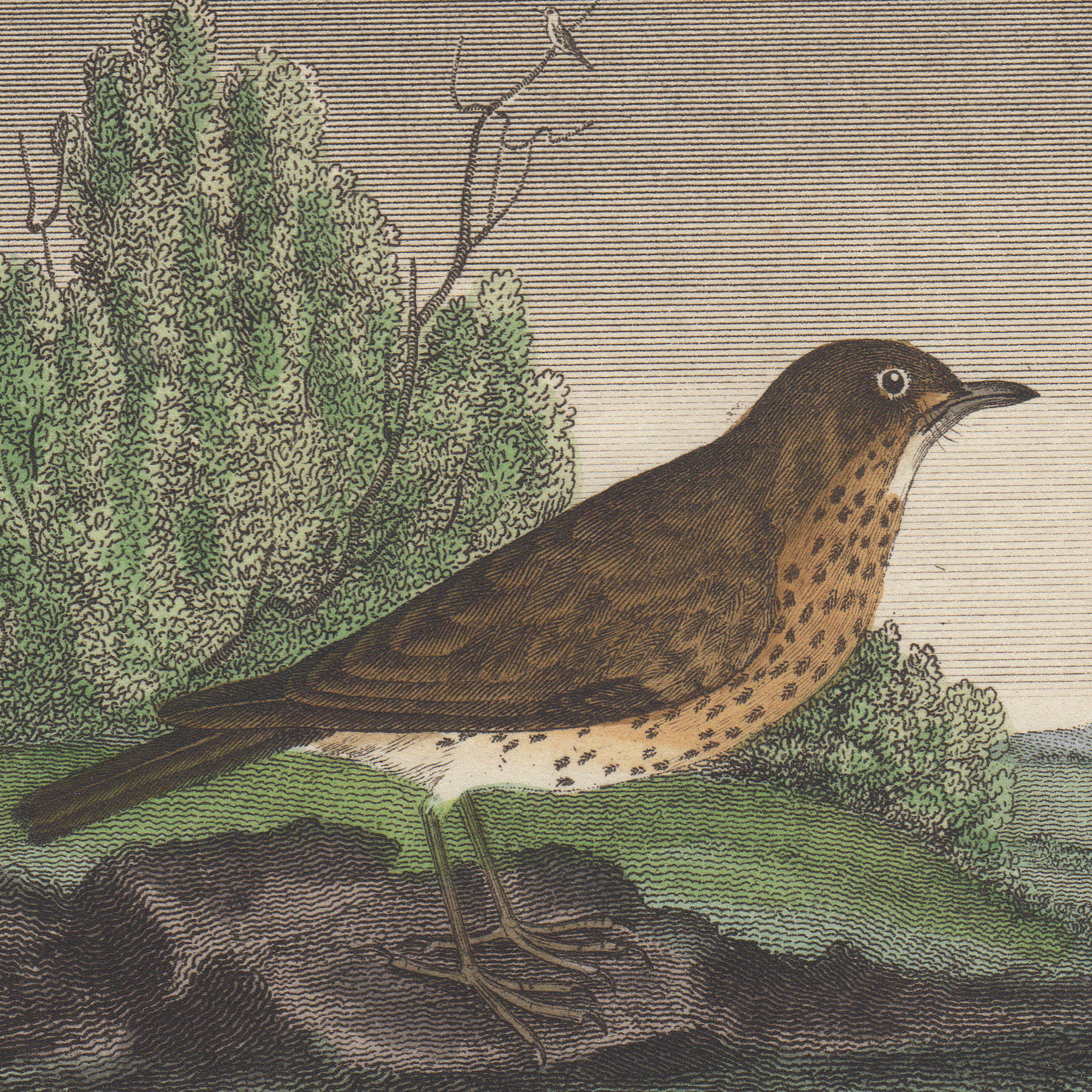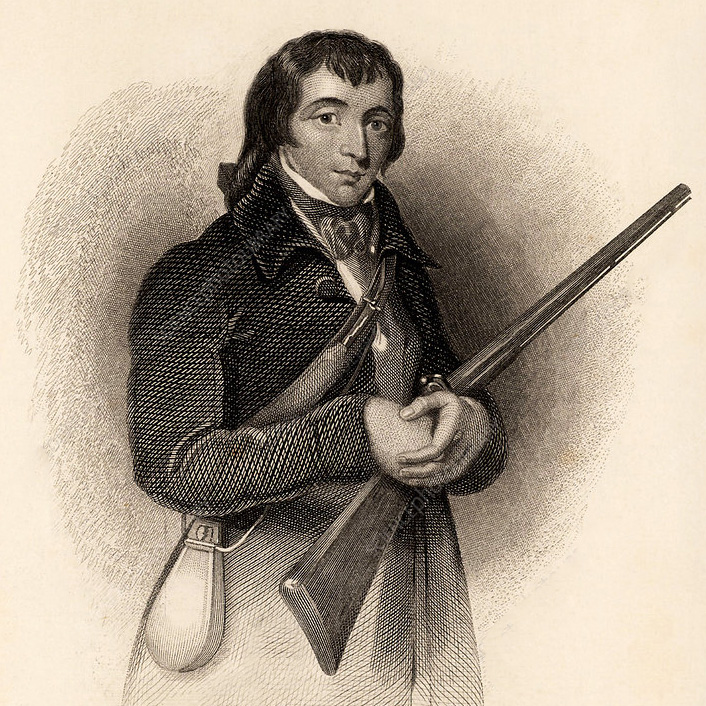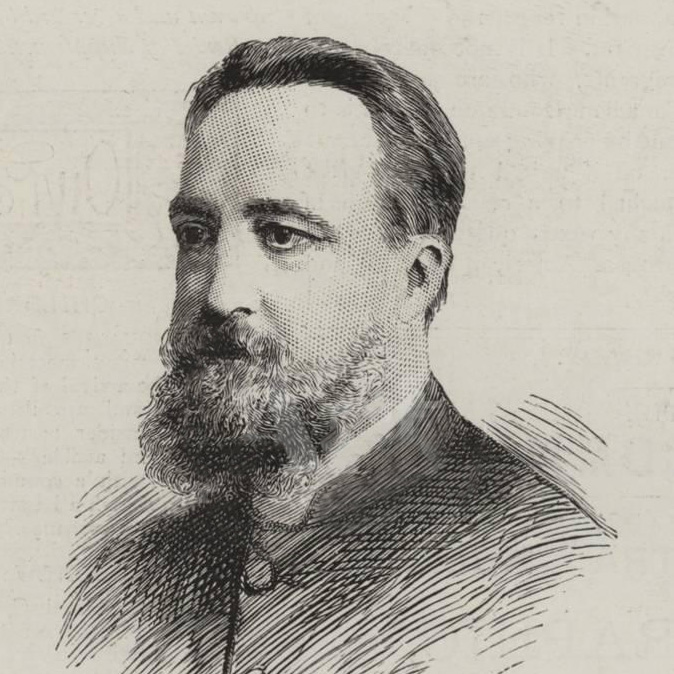A
Audubon, John James (1785 – 1851)
John James Audubon was a French-American self-trained artist, naturalist, and ornithologist. The Audubon name is strongly linked to birds and nature conservation today. The Birds of America, Audubon’s highest accomplishment, currently holds the record for the highest priced book sold at auction.
The original paintings for The Birds of America are in the esteemed collection of the New-York Historical Society. Audubon’s Havell Edition prints are highly sought after.
Audubon was not the first person to attempt to paint and describe all the birds in America. Alexander Wilson‘s American Ornithology was published in 1808.
B
Barton, Benjamin Smith (1766 – 1815)
Benjamin Smith Barton was an American botanist, naturalist, and physician who built the largest collection of botanical specimens in the United States. Barton’s correspondence with other naturalists made signifant contributions to literature.
In 1803, Barton published the first American botany textbook called Elements of Botany, or Outlines of the Natural History of Vegetables.
William Bartram often assisted Barton by providing illustrations.
Image: Engraving on paper by Charles Balthazar Julien Févret de Saint-Mémin from the collection at the National Portrait Gallery, Smithsonian Institution.
Bartram, John (1699 – 1777)
John Bartram, a Quaker farmer and avid collector of plants. As the first true nurserymen of North America, John created Bartram’s Garden, a botanical garden, at his farm on the Schuylkill River near Philadelphia in 1728.
Bartram was particularly instrumental in sending seeds from the New World to European gardeners. He also provided other botanists with plants. Bartram is sometimes referred to as the father of American botany. He was one of the first American botanists to adapt Carl Linnaeus’ taxonomy system. Carl Linnaeus said he was the “greatest natural botanist in the world”.
Image: Illustration by Howard Pyle, published in Harper’s New Monthly Magazine, February 1880
Bartram, William (1739 – 1823)
William Bartram was a Quaker farmer like his father John Bartram, who introduced him to botany. William became an avid writer and draftsman with many of his illustrations published in his lifetime. Printmaker Philip Miller engraved a few of William’s illustrations for the second volume of Figures of the Most Beautiful, Useful and Uncommon Plants… (1760). Many of William’s illustrations were also used in the first botanical textbook for American students Elements of Botany (1804) by Benjamin Smith Barton.
Bartram was one of the first ornithologists born in America. In 1756, at the age of 17, he collected specimens of 14 American birds, which were illustrated and described by the English naturalist George Edwards.
Image: Oil on canvas by Charles Wilson Peale
Bauer, Ferdinand L. (1760 – 1826)
Ferdinand L. Bauer, brother to Francis Bauer, was an Austrian botanical illustrator. Although relatively unknown, Bauer was acclaimed by his contemporaries as the greatest of botanical artists. It could be said that Bauer’s obsessive attention to his work left no time, or talent, for self-promotion.
Bauer sketched the flora and fauna of the Australian coast and Norfolk Island, and left behind a wonderful visual record. His work has lasting importance because of his craftsmanship, aesthetic sense and scientific accuracy.
Image: Oil painting by Wilhelm Gottfried Bauer “Smelting master Ferdinand Zimmermann with his daughter Marie”
Bauer, Francis (Franz) A. (1758 – 1840)
Francis A. Bauer, like his brother to Ferdinand Bauer, was an Austrian botanical painter employed at Kew Gardens known by the title ‘Botanick Painter to His Majesty’.
His legacy is to be found in such sumptuous publications as Delineations of Exotick Plants (1796–1803), his collaboration with John Lindley Illustrations of Orchidaceous Plants (1830–38), and his delicate lithographs in Strelitzia Depicta (1818).
Image: Oil painting by unknown artist, from the collection of William Jackson Hooker.
Baxter, George (1804 – 1867)
George Baxter was an English artist and printer based in London. He is credited with the invention of commercially viable color printing, called The Baxter Process.
In 1835, Baxter was granted Patent No. 6916 – Improvements in Producing Coloured Steel Plate, Copper Plate and other Impressions, which outlined the combined intaglio and relief process he would continue to use for the next thirty years. Despite his technical excellence and the general popularity of his prints, Baxter’s business was never profitable – his process was laborious and it seems likely that his perfectionism prevented him from completing many of his commissioned works on time.
Image: Oil painting by unknown artist.
Bonaparte, Prince Charles Lucien (1803 – 1857)
Charles Lucien Bonaparte, a French naturalist and ornithologist,
Between 1825 and 1833, Bonaparte published an updated version of Alexander Wilson‘s American Ornithology.
Bonaparte was extremely prolific and is responsible for coining Latin names for 165 genera, 203 species and 262 subspecies of birds.
Image: Lithograph by D. Castellini after C. E. Liverati, 1841.
Borromee (1700’s – 1800’s)
Borromée was a French natural history and botanical illustrator and engraver during the 1700s and 1800s.
Not much is known about the life of this illustrator except the artwork he left behind. Borromée illustrated insectes and zoophytes for a number of publications including Histoire Naturelle Des Insectes by Georges Louis Leclerc, Comte de Buffon.
Buffon, Georges Louis Leclerc, Comte de (1707 – 1788)
Buffon was was a French naturalist, mathematician, and cosmologist. Buffon’s works influenced the next two generations of naturalists, including two prominent French scientists Jean-Baptiste Lamarck and Georges Cuvier. Buffon published thirty-six quarto volumes of his Histoire Naturelle during his lifetime.
Image: Painting by François-Hubert Drouais
C
Catesby, Mark (1683 – 1749)
Mark Catesby was an English naturalist known today for the publication of Natural History of Carolina, Florida and the Bahama Islands. This three volume illustrated book features flora and fauna – everything from birds, fish, and mammals to flowers and fruits. Catesby taught himself how to etch copper plates to create the hand-colored engravings in this publication. The famous Magnolia grandiflora plate was created by Georg Ehret. Catesby also received botanical material from John Bartram.
Catesby is now recognised as one of the first people to describe bird migration. The American bullfrog, Lithobates catesbeianus, is named in honor of Catesby.
For more insight on Mark Catesby and early American naturalist read How Many Buntings? Revisiting the Relationship Between Linnaeus and Catesby featured on the Biodiversity Heritage Library blog.
Cockburn, Major James Pattison (1779 – 1847)
James Cockburn was an artist, author and military officer who sketched illustrations for a number of travel books including Swiss Scenery from Drawings.
His streetscapes of Quebec City and Montreal are particularly valuable pictorial records of the architecture and daily life of these cities, indicating certain features, which have since vanished. His body of work is large and has yet to be reconstructed in a comprehensive manner for more in-depth study.
Image: Portrait created by William A. Cockburn
Coleman, William Stephen (1829 – 1904)
William Stephen Coleman was an English painter and book illustrator.
Cooke, George (1781 – 1834)
George Cooke was an English printmaker and line engraver. Between 1817 and 1833 he produced, in connection with Loddiges, the Botanical Cabinet.
Cooke was one of the original members of the Society of Associated Engravers, who joined together for the purpose of engraving the pictures in the National Gallery, and two of his plates were in preparation at the time of his death.
Cooke, Mordecai Cubitt (1825 – 1914)
Mordecai Cubitt Cooke was an English botanist and mycologist who was a London schoolteacher, a Kew Gardens mycologist, curator at the India Museum, journalist and author.
Cooke published A Plain and Easy Account of British Fungi in 1862.
Curtis, John (1791 – 1862)
John Curtis was an English entomologist and illustrator.
In 1818 he became the principle artist to Curtis’ Botanical Magazine simply by coincidence as he has no relation to William Curtis who the publication is named for.
John Curtis’ mother, Frances, was a professional flower grower and encouraged her son to study natural history. In 1824 Curtis began his monumental masterwork, British Entomology: Being Illustrations and Descriptions of the Genera of Insects Found in Great Britain and Ireland, still widely considered as the finest nineteenth century work on the subject.
Image: Albumen photograph by Maull & Polyblank, 1855.
Curtis, William (1746 – 1799)
William Curtis was an English botanist and entomologist. Working as an apothecary, Curtis discovered botany and natural history in general.
The genus Curtisia is named in honor of William Curtis. Curtis’s Botanical Magazine, named for founder William Curtis. Noted natural history illustrators, James Sowerby and Sydenham Edwards both found a start with the eminent magazine.
Image: Published in Volume 1 of Curtis’s Botanical Magazine.
Cuvier, Georges Baron (1769 – 1832)
Georges Cuvier, born as Jean Léopold Nicolas Frédéric, Baron Cuvier was a French naturalist and zoologist, and is referred to as the founding father of paleontology due to his natural sciences research in the early 19th century. He was instrumental in establishing the fields of comparative anatomy and paleontology through his work in comparing living animals with fossils.
Cuvier presented the results of his life’s research in his most admired work Le Règne Animal published in four octavo volumes in 1817 and a second edition in five volumes in 1829–1830.
D
E
Edwards, George (1694 – 1773)
George Edwards was an English naturalist and ornithologist, known as the father of British ornithology.
Over a period of 21 years starting in 1743, Edwards published seven volumes containing descriptions and hand-coloured etchings of birds titled A Natural History of Uncommon Birds, and Gleanings Of Natural History. The etchings were all drawn by Edwards.
Edwards, Sydenham Teast (1768 – 1819)
Sydenham Teast Edwards was a natural history illustrator of plants, birds, and dogs.
William Curtis recongized Edwards talet for drawing and had Edwards formally trained in botanical illustration. Edwards’ botanical prints from the early volumes of Curtis’ Botanical Magazine are highly saught after today.
He published an illustrated book on the breeds of dogs in Britain, Cynographia Britannica. Also known as Sydenham Teak Edwards.
Ehret, Georg Dionysius (1708 – 1770)
Georg Dionysius Ehret was born in Heidelberg, Germany and trained as a gardener like his father. Ehert took up botanical drawing as a young adult and shortly thereafter met Dr. Christoph Jacob Trew. Ehert was in great demand during his lifetime and many of his illustrations were used in highly coveted publications by authors like Trew and Mark Catesby.
The genus Ehretia, comprised of about 50 flowering plants in the borage family, Boraginaceae, was named in his honor.
Image: Portrait of Georg Dionysius Ehret created by Anton Heckel and engraved by Johann Jakob Haid.
F
Fitch, Walter Hood (1817 – 1892)
Walter Hood Fitch was a botanical illustrator who created nearly 10,000 drawings for various publications. His work in color lithograph, including 2700 illustrations for Curtis’s Botanical Magazine, produced up to 200 plates per year.
It was not unusual for him to work on several different publications simultaneously; he could draw directly onto the lithographic stone to save time.
Fitch’s important works include his illustrations for William Hooker‘s A century of orchidaceous plants published in 1849 and James Bateman’s A Monograph of Odontoglossum (1864–74). Fitch is most famous for his drawings of orchids. The genus Fitchia is named for him.
G
H
Hervey, Alpheus Baker (1839 – 1931)
Alpheus Baker Hervey was an early American microscopist. He was an ardent amateur botanist and published a number of popular books on the American flora.
He also produced the first marine flora of Bermuda (1917) in collaboration with F.S. Collins. He also was author of Sea Mosses, Beautiful Wild Flowers, and Flowers of Field and Forest.
Hooker, Joseph Dalton (1817 – 1911)
Sir Joseph Dalton Hooker was a British botanist and explorer in the 19th century. As director of Kew Gardens, J. Hooker continued building on the reputation of his father William Jackson Hooker.
In 1904, at the age of 87, Hooker published A sketch of the Vegetation of the Indian Empire a continued compilation of his father’s publication Icones Plantarum (Illustrations of Plants) with illustrations by Matilda Smith.
Hooker, William Jackson (1785 – 1865)
Sir William Jackson Hooker was an English botanist and botanical illustrator, who became the first director of Kew in 1841.
Hooker published more than 20 major botanical works over a period of 50 years, including 13 volumes of Curtis’s Botanical Magazine (from 1827), British Jungermanniae (1816), Musci Exotici (1818–1820), Icones Filicum (1829–1831), Genera Filicum (1838) and Species Filicum (1846–1864).
The standard author abbreviation Hook. is used to indicate this person
I
J
Jardine, Sir William (1800 – 1874)
Sir William Jardine was a Scottish naturalist known for his editing of a long series of natural history books, The Naturalist’s Library.
Jardine made natural history available to all levels of Victorian society by editing the hugely popular forty volumes of The Naturalist’s Library (1833–1843) issued and published by his brother in law, the Edinburgh printer and engraver, William Home Lizars. The series was divided into four main sections: Ornithology (14 volumes), Mammalia (13 volumes), Entomology (7 volumes), and Ichthyology (6 volumes) each prepared by a leading naturalist. The artists responsible for the illustrations included Edward Lear.
K
Kirby, William (1759 – 1850)
Willam Kirby was an English entomologist, an original member of the Linnean Society.
Kranz, Cajetan Anton (1839 – 1886)
Cajetan Anton Kranz is the editor of Die Alpen-Pflanzen Deutschlands und der Schweiz, The Alpine Plants of Germany and Switzerland published in 1879 – 1880 by Christian Kaiser, and written by J. C. Weber.
L
Linnaeus, Carl (1707 – 1778)
Carl Linneaus, the father of modern taxonomy, was a Swedish botanist, zoologist, taxonomist, and physician who formalized the modern system of naming organisms by instituting a two-term naming system. Many of his writings were in Latin; his name is rendered in Latin as Carolus Linnæus and, after his 1761 ennoblement, as Carolus a Linné or Carl von Linné.
In botany and zoology, the abbreviation L. is used to indicate Linnaeus as the authority for a species’ name. In older publications, the abbreviation “Linn.” is used.
Image: Portrait of Carl Linneaus by Henry Kingsbury after Martin Hoffman
Lowe, Edward Joseph (1825 – 1900)
Edward Joseph Lowe was a renowned English botanist, meteorologist and astronomer, who published work on meteorological observations, conchology, ferns, grasses and other plants.
His interest in ferns led to his studying them. His most noted work was Ferns: British and Exotic and consisted of eight illustrated volumes published in London by Groombridge and Sons in 1856. The bookplates of which were drawn by A. F. Lydon and engraved by Benjamin Fawcett.
M
N
O
P
Parkinson, John (1567 – 1650)
John Parkinson was one of the first of the great English botanists and is known for two monumental works, Paradisi in Sole Paradisus Terrestris (Park-in-Sun’s Terrestrial Paradise), 1629, which generally describes the proper cultivation of plants; and Theatrum Botanicum (The Botanical Theatre or Theatre of Plants), 1640, the most complete and beautifully presented English treatise on plants of its time.
Parkinson has been called one of the most eminent gardeners of his day. He maintained close relations with other important English and Continental botanists, herbalists and plantsmen such as William Coys, John Gerard, John Tradescant the elder (who was a close friend), Vespasian Robin, and the Frenchman Matthias de Lobel (also known as Matthias de L’Obel or Matthaeus Lobelius).
Pratt, Anne (1806 – 1893)
Anne Pratt from Kent, England, is one of the best known botanical illustrators of the Victorian age. She wrote and published over 20 books and is responsible for popularizing botany. Pratt’s publications attract a wide audience and contributed to the advancement of flower study among the general public.
Explore Anne Pratt’s chromolithographs from her most popular publication The Flowering Plants, Grasses, Sedges, and Ferns of Great Britain, 1855
Q
R
S
Sims, Dr. John (1749 – 1831)
Dr. John Sims was an English physician and botanist. He was the first editor of Curtis’s Botanical Magazine (1801–1826, volumes 14–42) after the death of the founder William Curtis.
The genus name Simsia was published in 1807 to honor Sims work. His herbarium was purchased by George Bentham and passed to the Royal Botanic Gardens, Kew.
Smith, James Edward (1759 – 1828)
Sir James Edward Smith was an English botanist and founder of the Linnean Society.
A fruitful collaboration was found through descriptions Smith supplied to publisher and illustrator, James Sowerby for English Botany with whom he subsequently developed as passionate interest in mosses and lichens.
Smith also wrote an Introdution to Botany.
Smith, Matilda (1854 – 1926)
Matilda Smith (M.Sm abbreviated) was a botanical artist whose work appeared in Curtis’s Botanical Magazine for over forty years. Over the forty-odd years between 1878 and 1923, Smith drew more than 2,300 plates for the magazine—only 600 fewer than Fitch, although she received much less recognition for this achievement in her own lifetime.
She was especially admired for her ability to create acturate botanical illustrations from dried, flattened, and sometimes imperfect specimens. Her exceptional work led to her being designated the first official botanical artist of Kew Gardens in 1898. Later, she was only the second woman to become an associate of the Linnaean Society.
Image: Photograph by unknown photographer
Sowerby, James (1757 – 1822)
James Sowerby was an English naturalist, illustrator and mineralogist. Contributions to published works, such as Curtis’s Botanical Magazine, and English Botany, include his detailed and appealing plates. The use of vivid color and accessible texts were intended to reach a widening audience in works of natural history.
He began the first of several huge projects: a 36-volume work, English Botany that was published over the next 23 years, contained 2,592 hand-colored engravings and became known as Sowerby’s Botany.
T
Thornton, Dr. Robert John (1768 – 1837)
Dr. Robert John Thornton was an English medical doctor with a love for botany. He was a member of the University of Cambridge, and the Royal London College of Physicians.
Dr Robert Thornton was the brains behind one of the most impressive and quirky of all flower books: The Temple of Flora. Complete volumes and even individual prints of The Temple of Flora are rare and found in the rare book rooms of museums and institutions. The first plates were engraved by Thomas Medland in May 1798, from paintings by Philip Reinagle. Between 1798 and 1807, they produced a total of thirty-three colored plates, engraved in aquatint, stipple and line engraving.
Image: Portrait by John Russell, ‘Portrait Painter to the King’
Trew, Christoph Jacob (1695 – 1769)
Christoph Jacob Trew was a German botanist and sponsored the publication of illustrated botanical books including Plantae Selectae Quarum Imagines that had many illustrations by Georg Ehret.
Genus Afrotrewia, a monotypic genus of flowering plants belonging to the family Euphorbiaceae, was named in honor of Trew.
Image: From Plantae Selectae, drawn by Georg Dionysius Ehret
U
V-W
Waring, Miss S. (1700’s – 1800’s)
Miss S. Waring wrote books as “Anonymous”. Today she is most known for her publication The Minstrelsy of the Woods illustrating birds.
Weber, J. C. (1801 – 1875)
J. C. Weber is the author and illustrator of Die Alpen-Pflanzen Deutschlands und der Schweiz, The Alpine Plants of Germany and Switzerland published in 1879 – 1880 by Christian Kaiser.
Willis, George (mid/late 1800’s – Early 1900’s)
Not much is known about illustrator George Willis. His work illustrating butterflies can be seen in Lloyd’s Natural History.
Wilson, Alexander (1766 – 1813)
Alexander Wilson was a Scottish-American poet, ornithologist, naturalist, and illustrator. Identified by George Ord as the “Father of American Ornithology”, Wilson is regarded as the greatest American ornithologist prior to Audubon.
Wilson is famous for American Ornithology.
Wood, Rev. John George (1827 – 1889)
Rev. J. G. Wood was an English writer who popularised natural history with his writings. Wood was a prolific and successful natural history writer, though rather as a populariser than as a scientist.
Wood’s publication Moth’s of England.
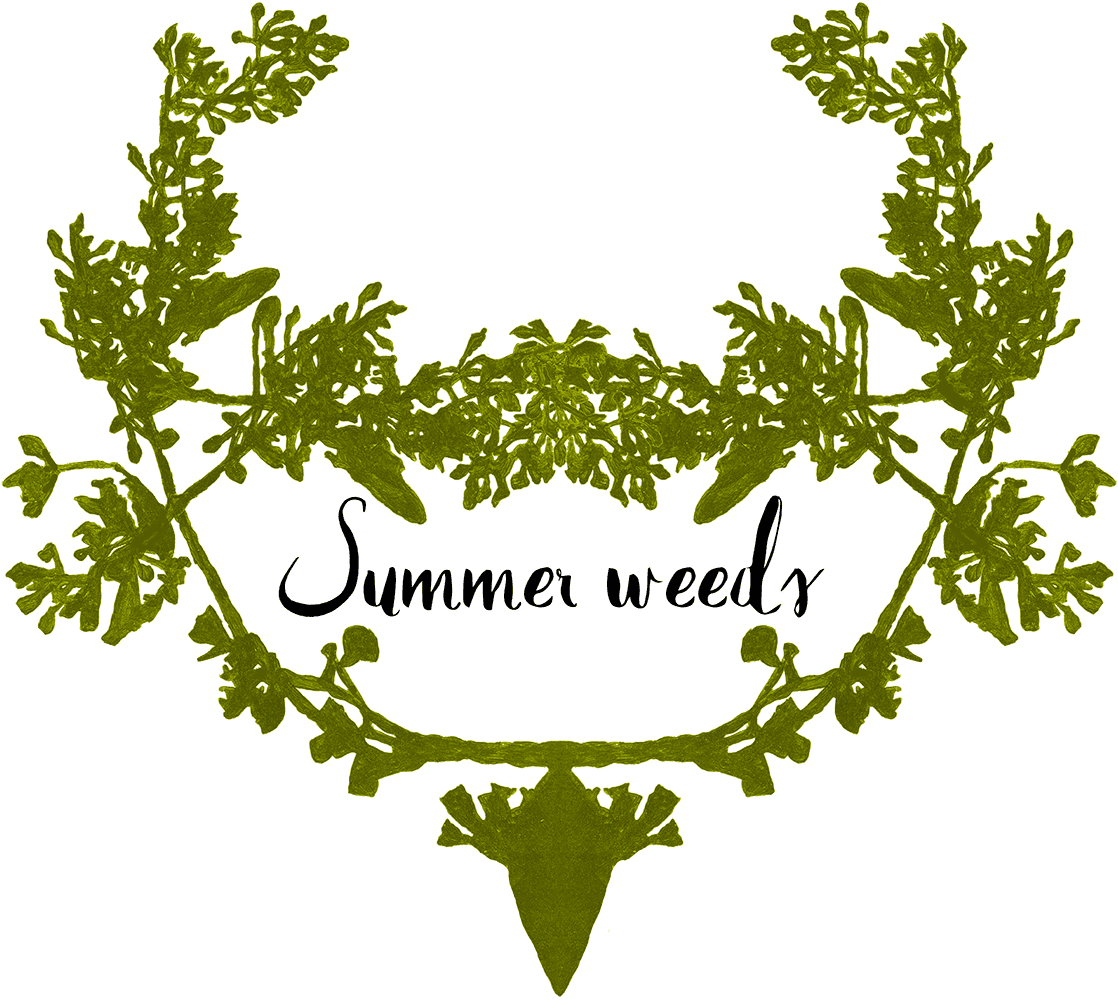



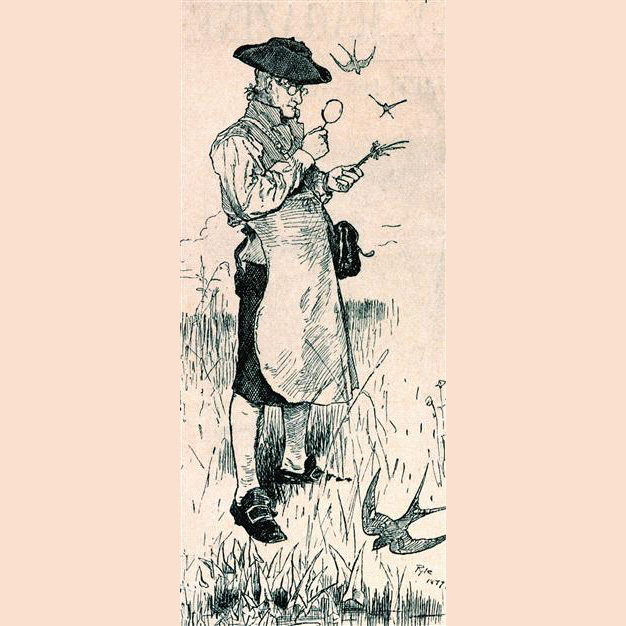
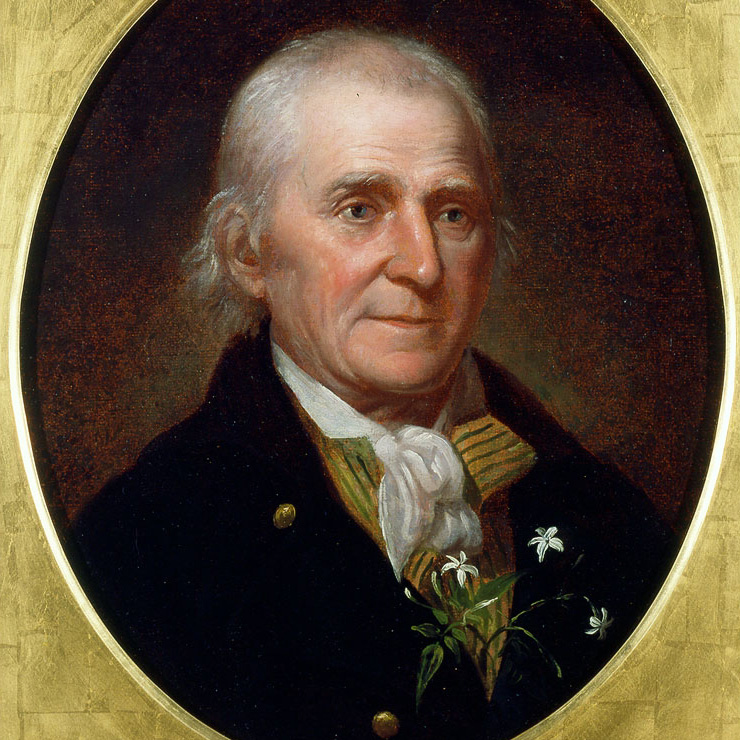
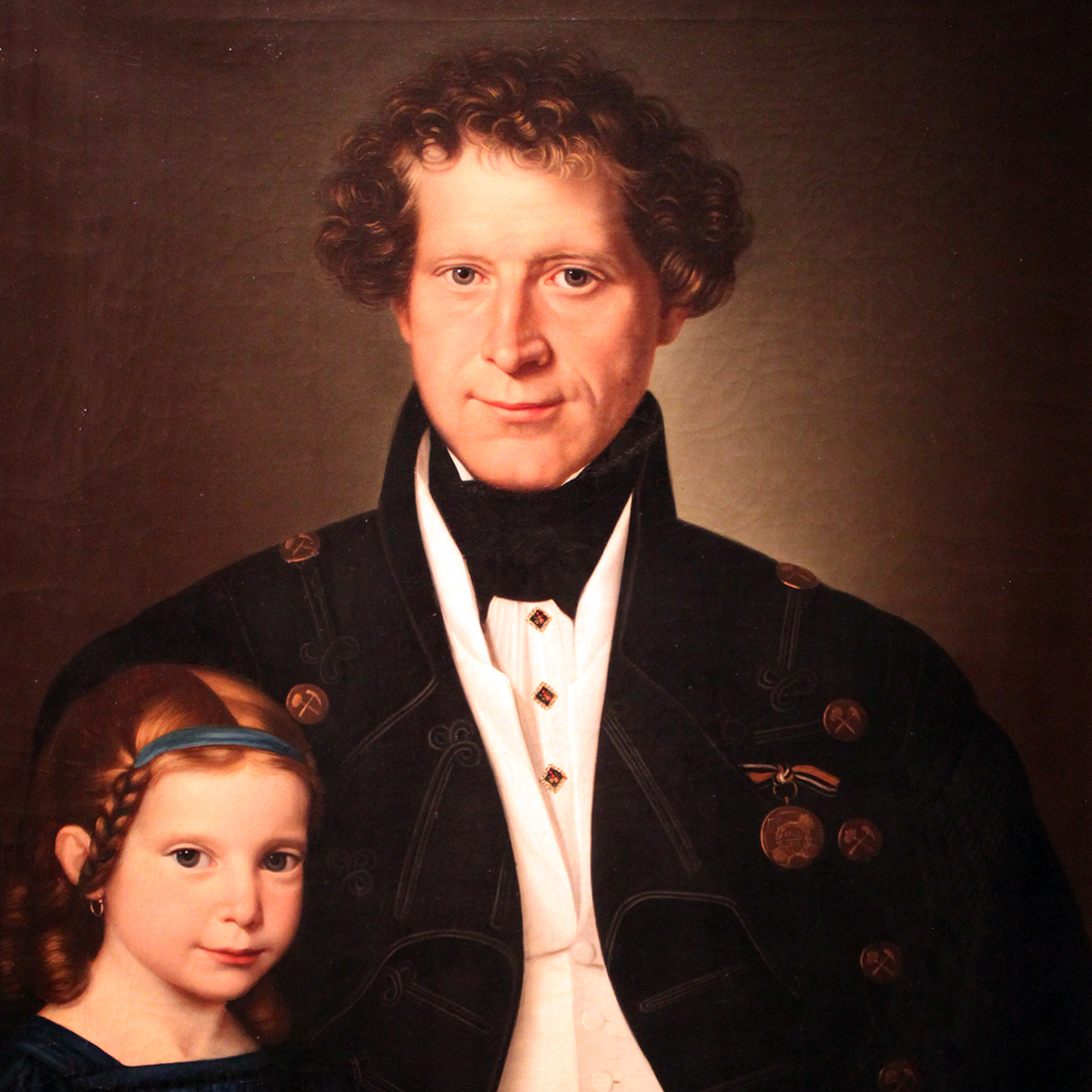
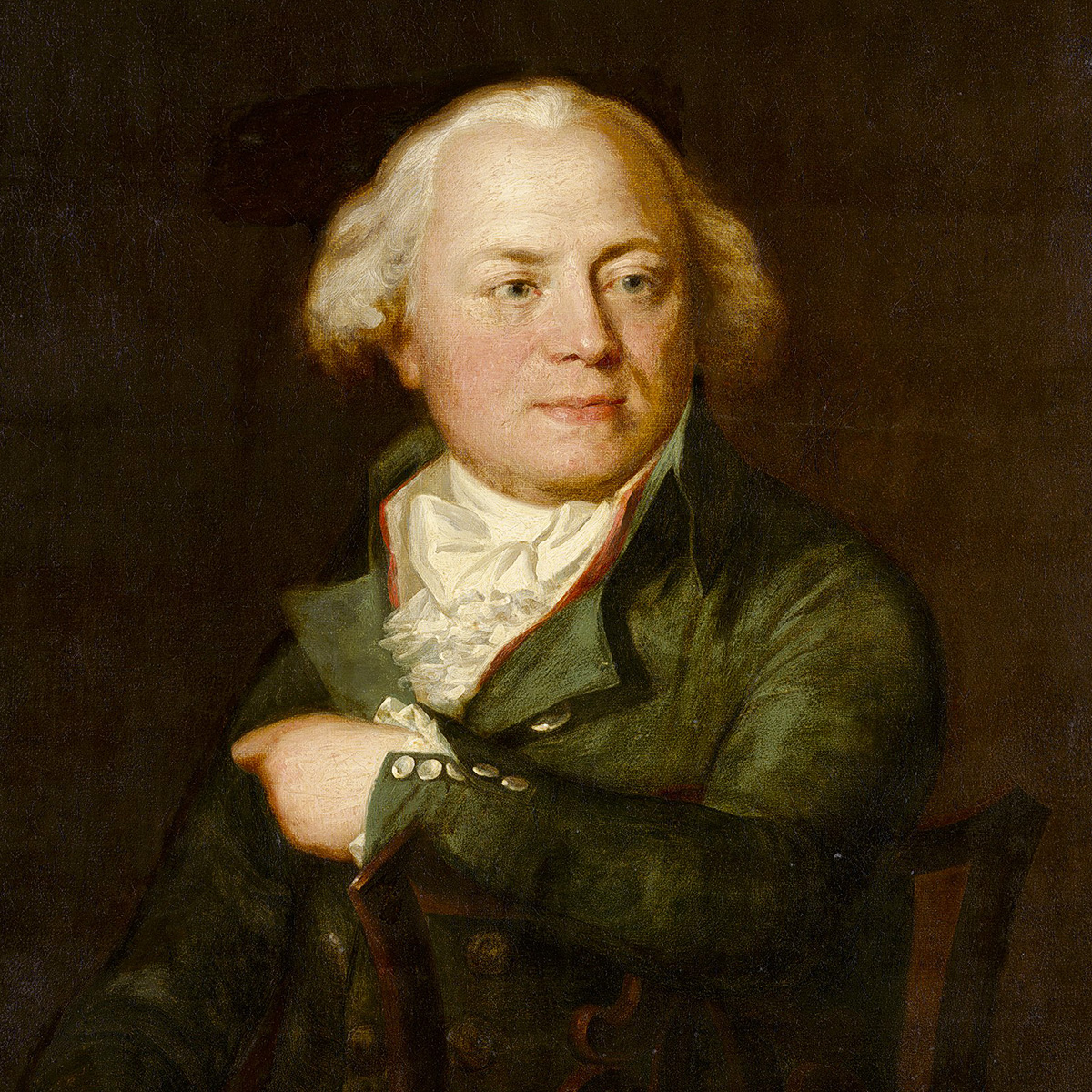
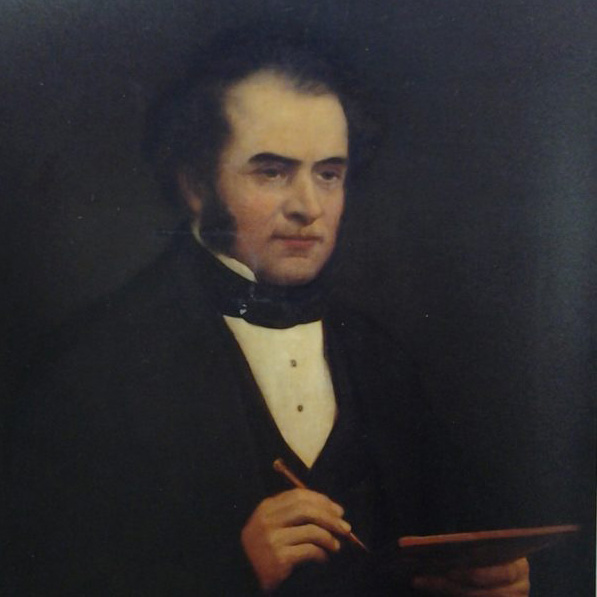
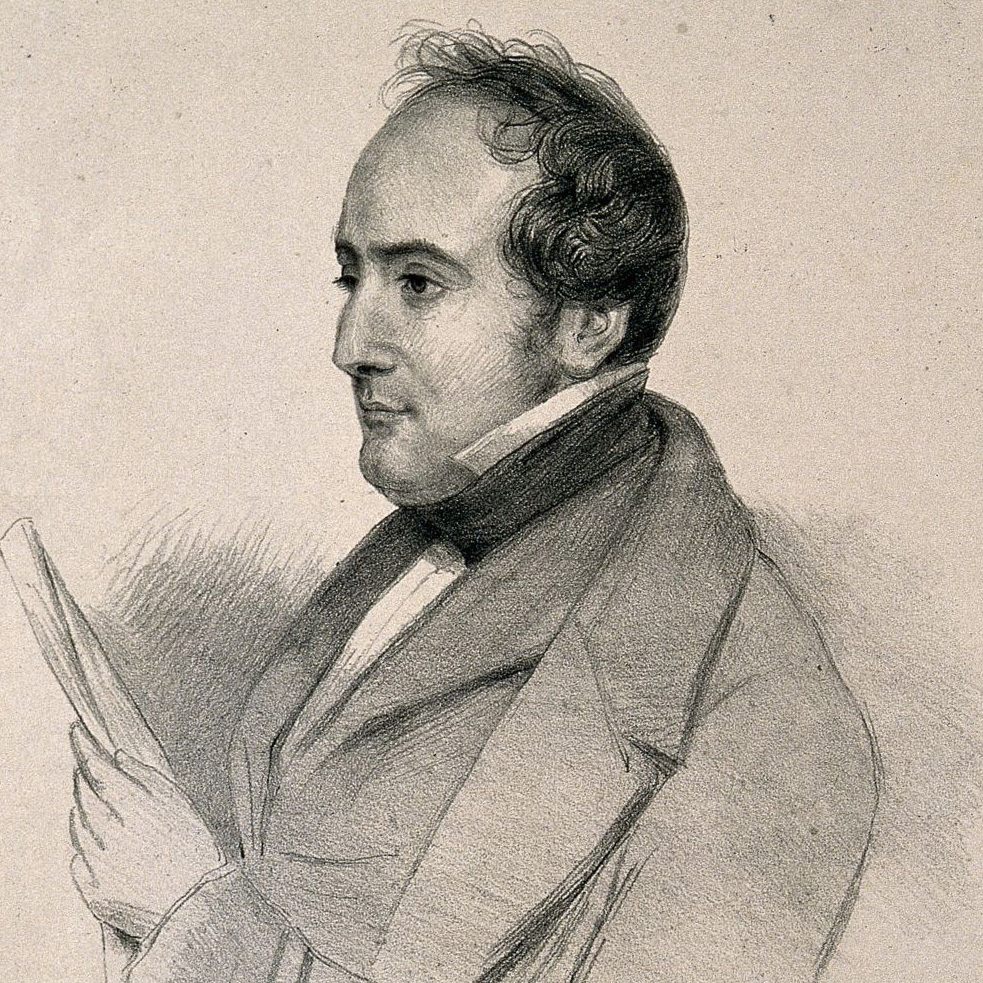

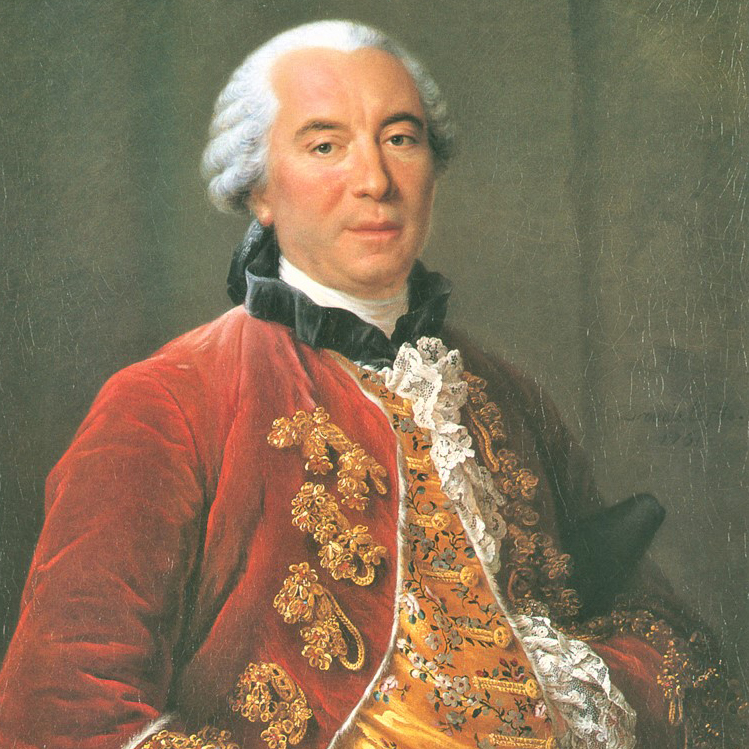

![Cartes de visite portraits of nineteenth century artists [graphic].](https://summerweeds.com/wp-content/uploads/2023/11/Coleman.jpg)
